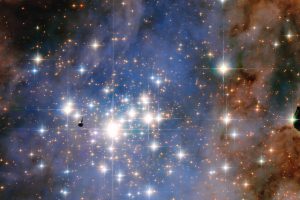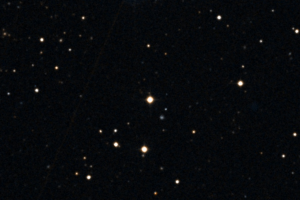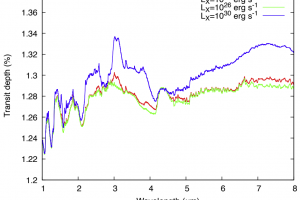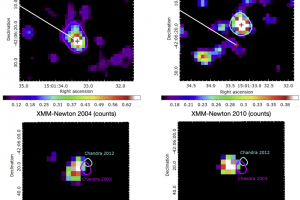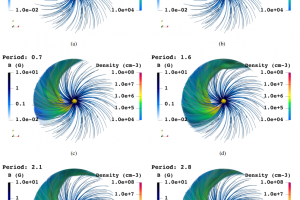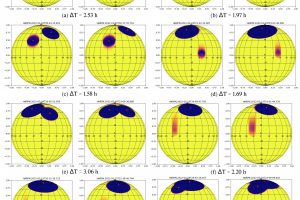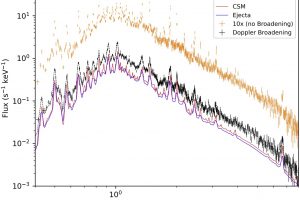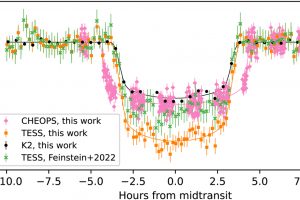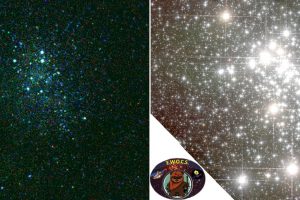Water or stellar activity? The study: “A reanalysis of the LHS 1140 b atmosphere observed with the Hubble Space Telescope” of A. Biagini (INAF-OAPA/UNIPA) appeared on MNRAS
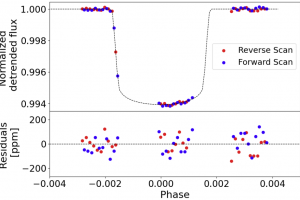
To date, April 1st 2024, 74.4% of the 5602 confirmed exoplanets have been discovered through transit observations. This technique involves observing the imperceptible and periodic dimming of the luminosity of the central star during each transit of their planets in front of the star with respect to our line of sight. Furthermore, by comparing spectroscopic observations of the star outside
» Read more
